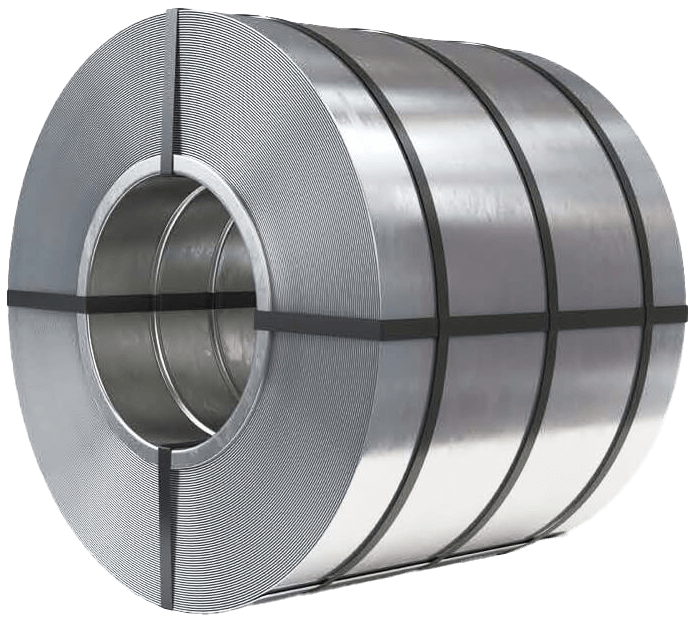With coil processing equipment, feeders can generally respond much more quickly than most uncoilers, also known as coil reels. This is due to the fact that uncoilers are responsible for starting and stopping the coil, which has a larger inertial load than the feeder. In some cases, the uncoiler is additionally required to straighten. For an uncoiler to respond as quickly as a feeder does would require a much larger drive as well as the ability to position, as is the case with a combination coil reel/feeder/straightener. This is why most systems have a slack loop.
The purpose of a loop is to provide a reservoir of slack material for the quick-response feed to draw from at start-up, while the slower uncoiler gains velocity to match line speed. And, conversely, a loop allows the straightener to absorb material that is unwound while the coil reel decelerates at a slower rate when the line stops. The loop also allows the coil reel to run at a fairly constant speed during continuous operation, even though the rate of consumption is constantly changing due to the intermittent feed motion.
Types of Configurations
Slack loops can take a variety of forms:

The overhead loop configuration is used to conserve floor space by storing material vertically and above the coil reel. This method is generally used with inline cradles, or with centering reels if the material is a heavier gauge that would require considerable floor space for storage. If being stored overhead, the material must also be stiff enough to resist buckling under its own weight as it’s pushed up and overhead, which can be a limiting factor in storage.
The paddle loop configuration stores material in the form of loose wraps around the coil and may be used in conjunction with a:
This style requires the coil reel to be located as close as possible to the feed, and that the material be stiff enough to resist buckling or looping between the two machines. Since storage is somewhat limited with a paddle loop, it is generally used only when shorter feed lengths are being employed.
Despite consuming the greatest amount floor space and requiring a looping pit, the standard horizontal loop configuration is the most common and versatile approach. To accommodate long feed lengths or help achieve higher line speeds, a pit can greatly increase the amount of material storage in a horizontal loop.
To avoid coil set in the material, it is extremely important that the coil strip be supported in the correct radius entering and exiting the loop if straightening is done prior to the loop. This is accomplished by using a series of catenary support rollers, or by using a chute arrangement with the correct minimum radius for the thickest gauge material.